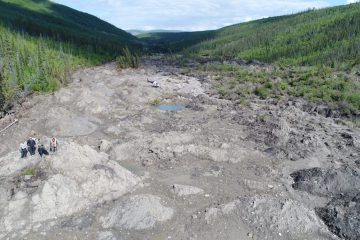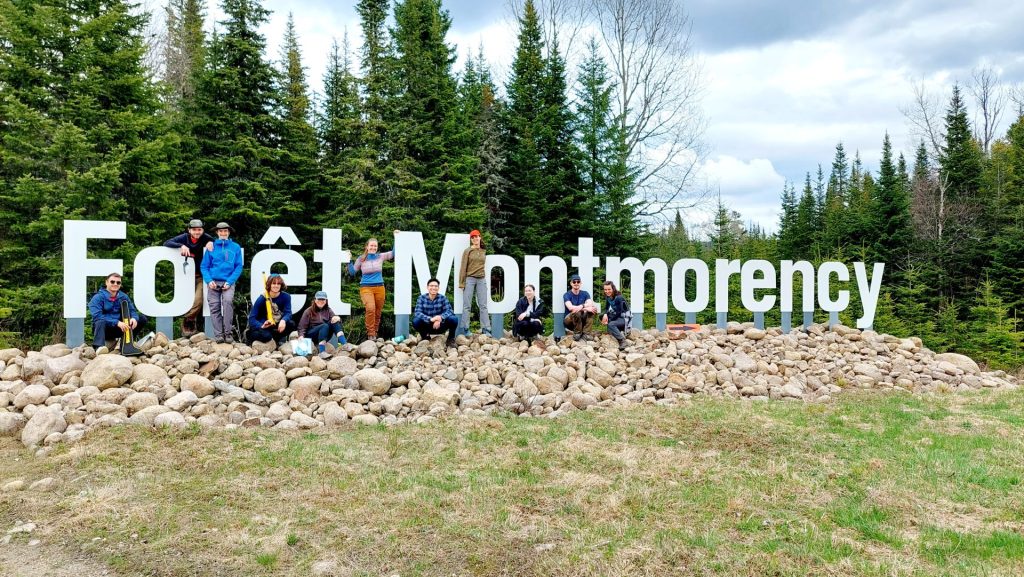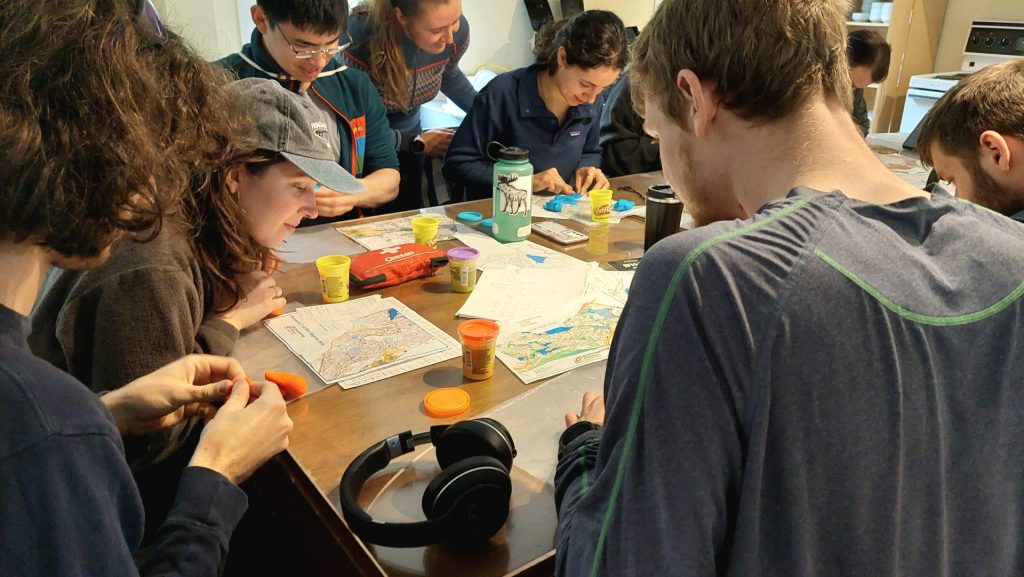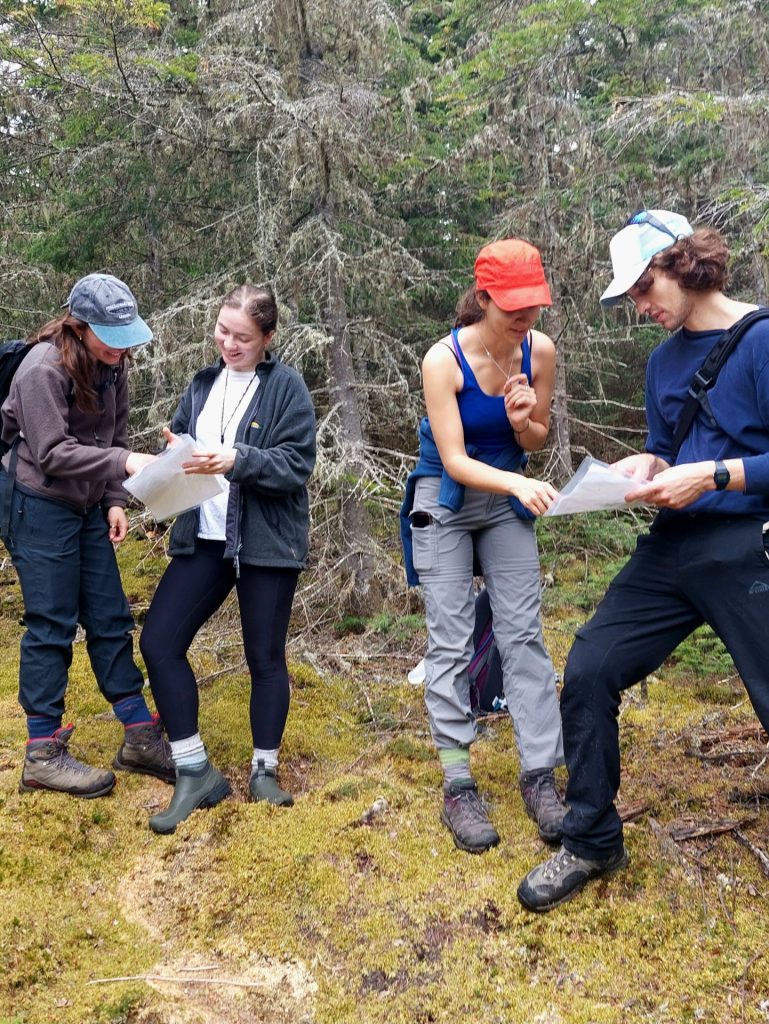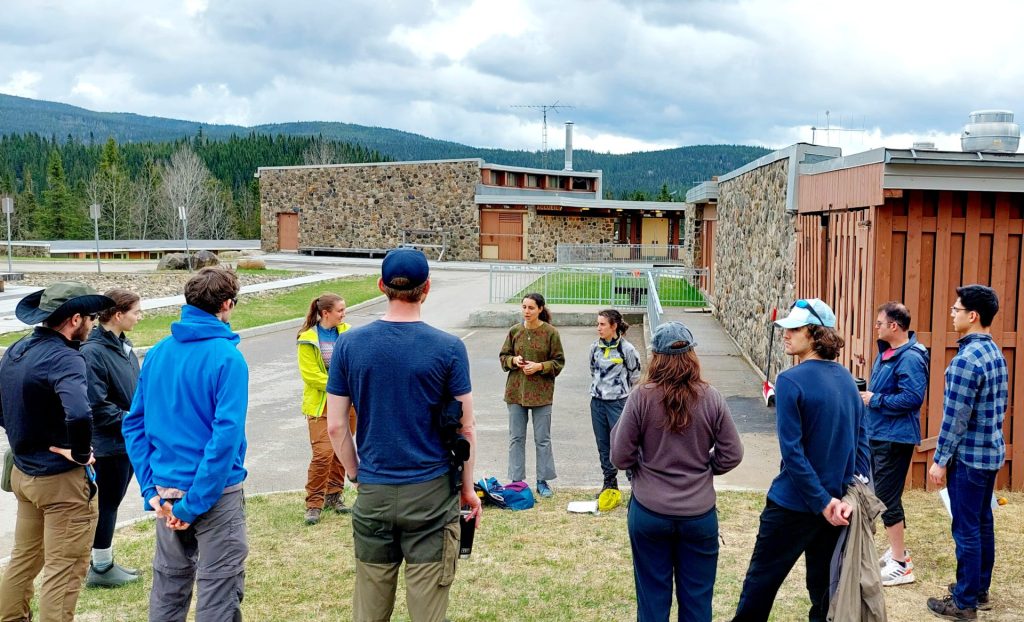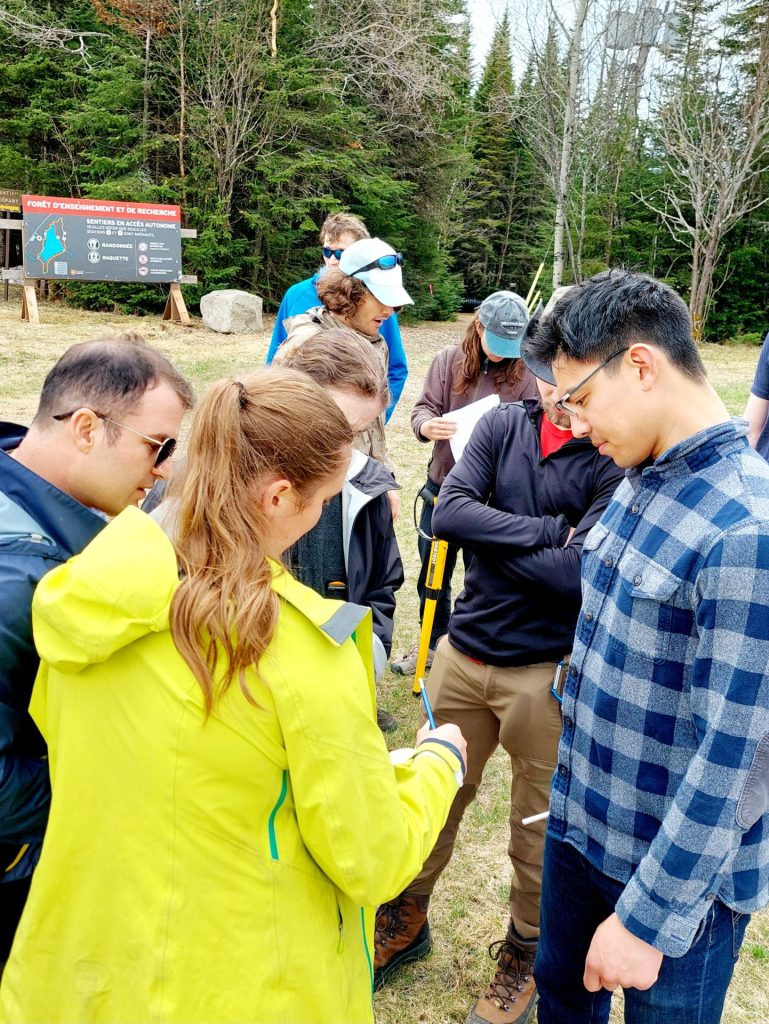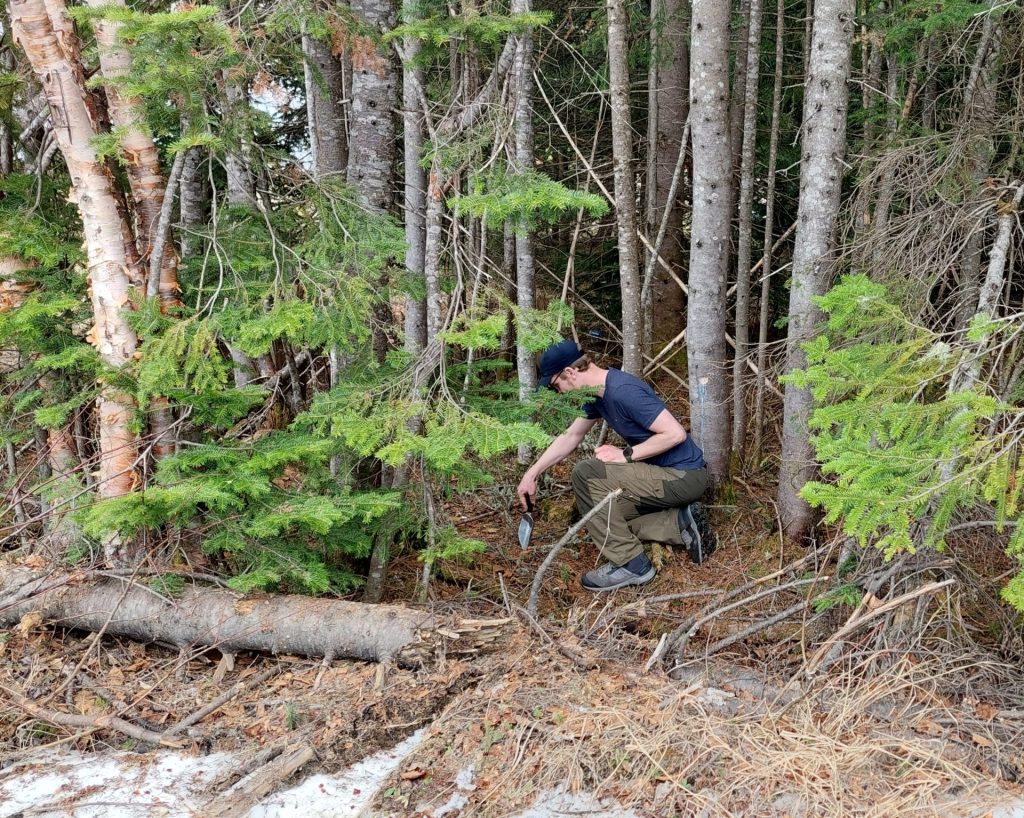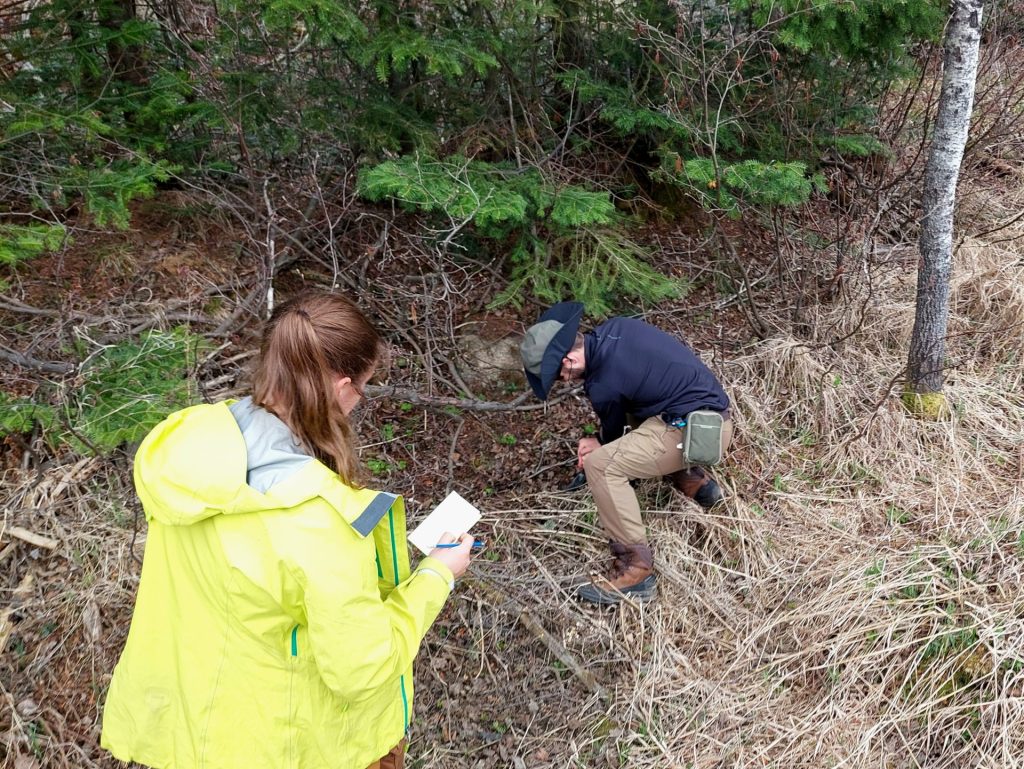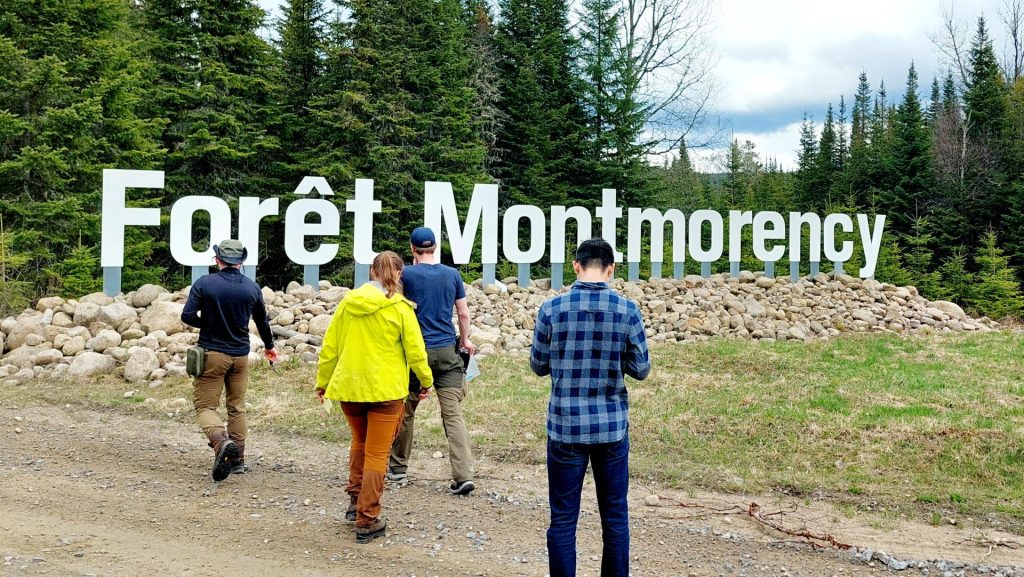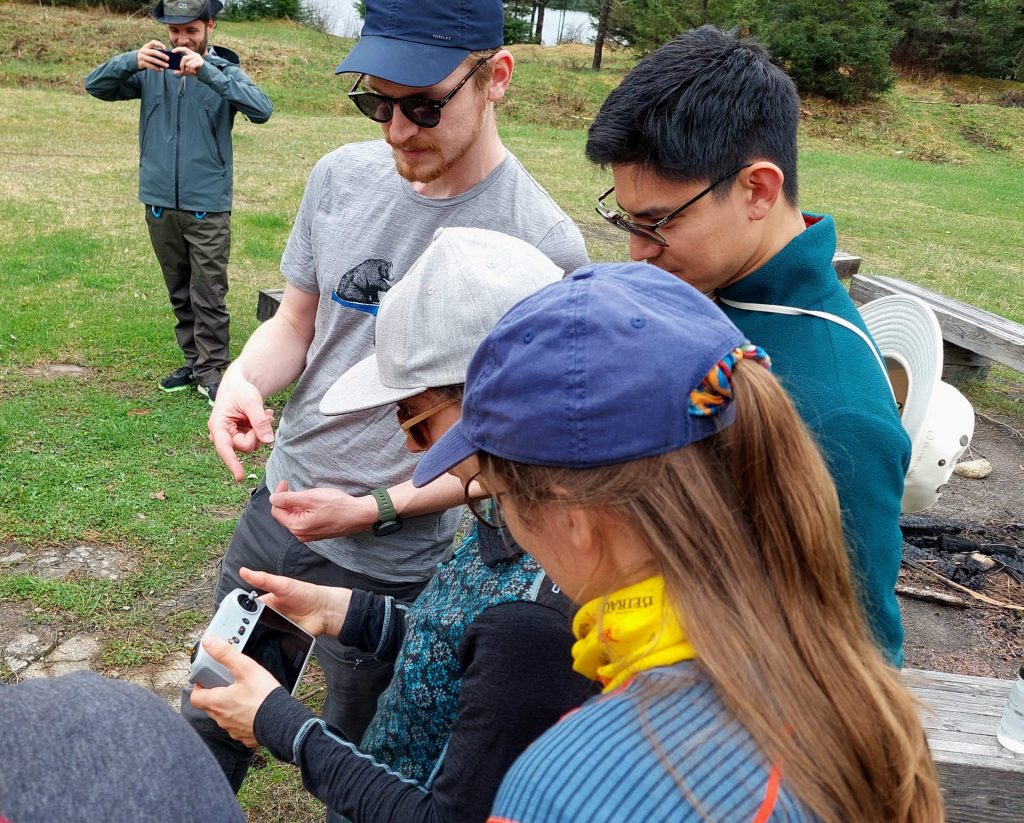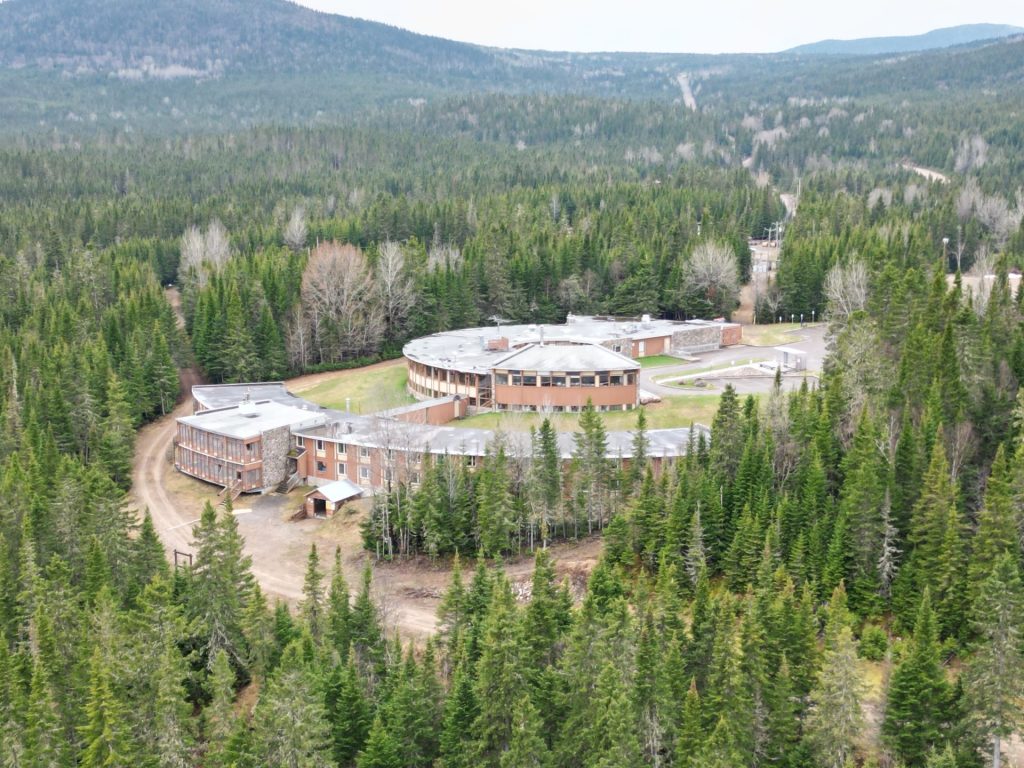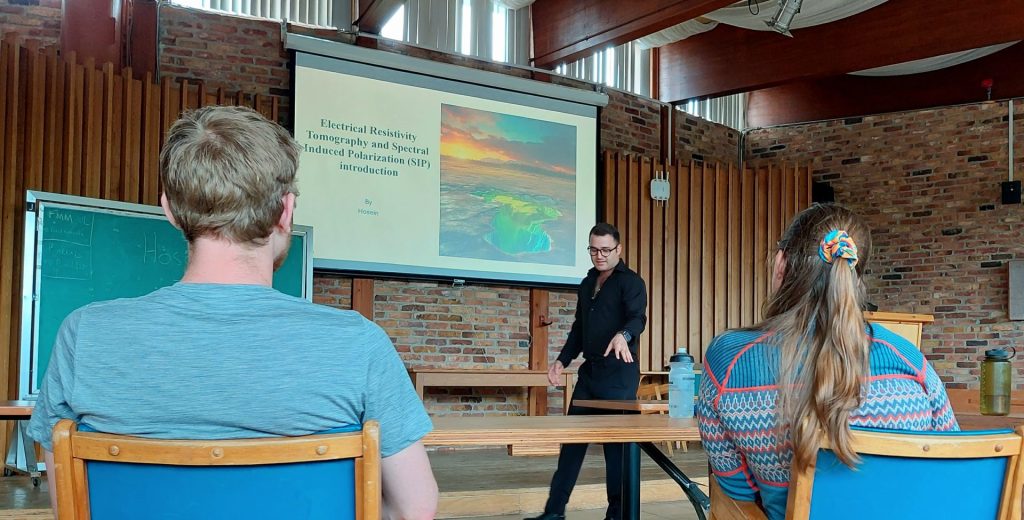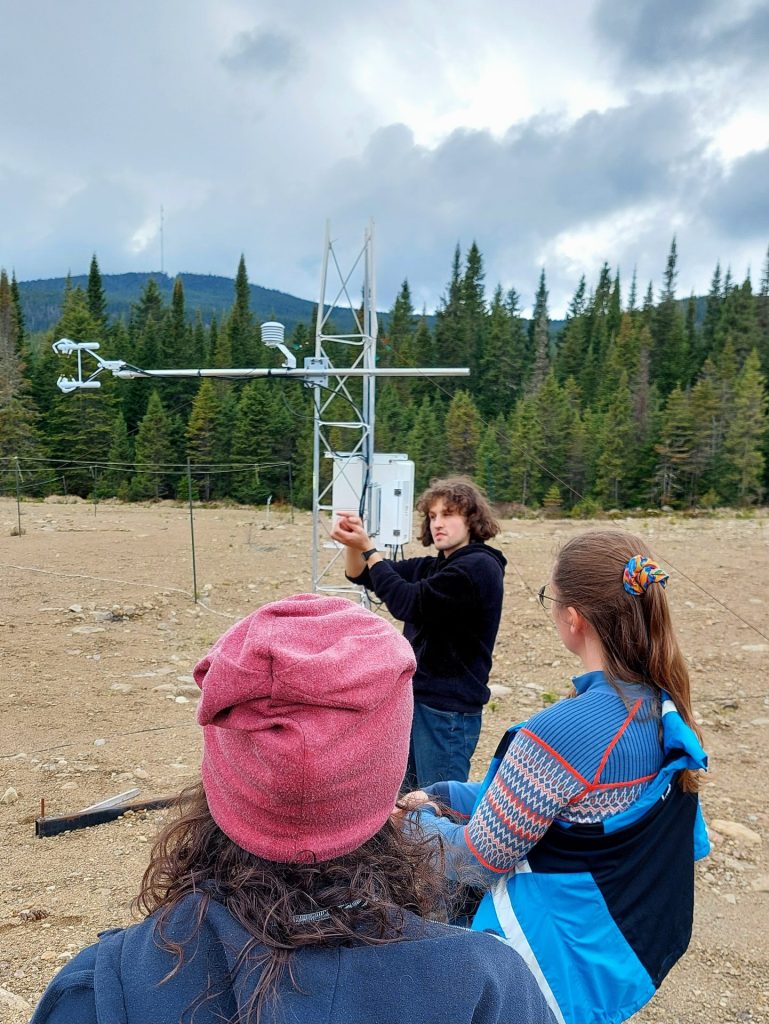Joseph Young will be presenting Characterizing the setting and dynamics of permafrost mass wasting in the central Mackenzie Valley, Northwest Territories.
Date: 15 January 2025
Time: 13:00-14:00 Eastern Time
Location: Zoom (details are posted in our Teams site).
Permafrost landslides throughout the western Canadian Arctic have increased in magnitude and frequency over the past ca. 20 years in concert with climate drivers of permafrost thaw. This non-linear acceleration has intensified landslide processes and feedbacks, increasing the diversity of landforms that pose emergent risk and hazards to infrastructure, water quality, and soil carbon. This presentation uses field and remote-sensing observations to provide a regional framework to highlight the influence of permafrost setting, landscape history, terrain conditions, and climate drivers on variations in thaw-driven landslide mechanics. We describe a continuum of landslide activity with a process-form model that involves top-down and bottom-up thawing, intermediated by internal thermal degradation altering slope properties. This includes a novel slope failure style that involves detachment at the base of relatively warm and thin permafrost, resulting in rapid large-scale landslides in areas previously thaw-stable. Collectively, regional characterizations of permafrost landslide types and their dominant failure mechanisms are critical in anticipating areas susceptible to thaw-driven slope failure in the future.

